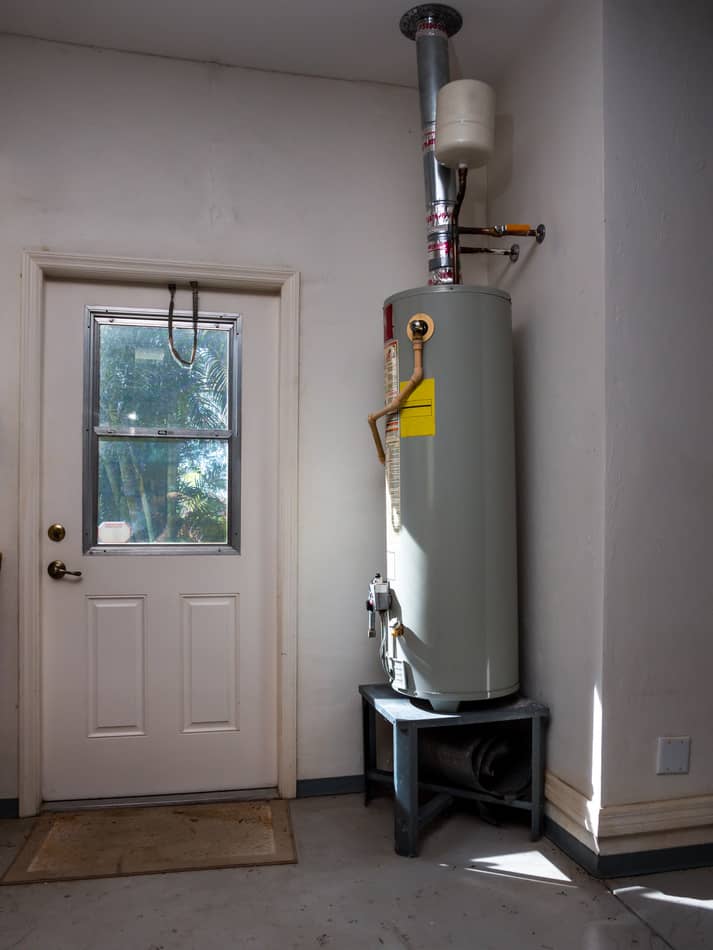Steps to Extend the Life of Your Home's Hot Water System Through Maintenance
Visit Our WebsiteJust about everyone will have their unique conception in relation to How to Maintain a Hot Water Heater in a Few Simple Steps.

Warm water is crucial for day-to-day comfort, whether it's for a rejuvenating shower or washing dishes. To guarantee your warm water system runs effectively and lasts longer, routine maintenance is key. This article provides functional pointers and understandings on just how to keep your home's warm water system to avoid disturbances and expensive fixings.
Intro
Preserving your home's hot water system could seem complicated, but with a couple of basic actions, you can ensure it runs efficiently for years ahead. This overview covers everything from recognizing your warm water system to DIY upkeep suggestions and knowing when to call expert help.
Relevance of Preserving Your Warm Water System
Routine maintenance not just extends the lifespan of your warm water system however also guarantees it operates efficiently. Ignoring upkeep can cause decreased performance, higher power bills, and also early failing of the system.
Signs Your Hot Water System Requirements Upkeep
Knowing when your hot water system requires interest can stop significant issues. Keep an eye out for indicators such as irregular water temperature, unusual sounds from the heating unit, or corroded water.
Recognizing Your Hot Water System
Prior to diving into maintenance jobs, it's helpful to understand the fundamental parts of your hot water system. Normally, this includes the hot water heater itself, pipelines, anode poles, and temperature controls.
Monthly Maintenance Tasks
Routine monthly checks can assist catch small issues prior to they rise.
Flushing the Hot Water Heater
Purging your water heater gets rid of debris accumulation, improving efficiency and prolonging its life.
Checking and Changing Anode Rods
Anode rods avoid rust inside the container. Examining and changing them when broken is vital.
Inspecting and Changing Temperature Settings
Adjusting the temperature settings ensures optimal efficiency and security.
DIY Tips for Maintenance
You can carry out numerous upkeep tasks on your own to maintain your warm water system in leading condition.
Checking for Leaks
On a regular basis check pipelines and connections for leaks, as these can cause water damage and higher expenses.
Testing Stress Alleviation Valves
Testing the pressure safety valve ensures it operates properly and avoids too much pressure buildup.
Insulating Pipelines
Protecting hot water pipes decreases heat loss and can save power.
When to Call an Expert
While do it yourself maintenance is helpful, some concerns require professional expertise.
Complicated Concerns Calling For Specialist Aid
Instances include significant leakages, electrical troubles, or if your hot water heater is consistently underperforming.
Regular Expert Maintenance Conveniences
Expert maintenance can consist of extensive assessments, tune-ups, and guaranteeing conformity with security standards.
Verdict
Regular upkeep of your home's hot water system is important for performance, durability, and cost financial savings. By following these ideas and knowing when to look for expert aid, you can make sure a dependable supply of warm water without unexpected disturbances.
How to Maintain an Instant Hot Water Heater
Before tinkering with your hot water heater, make sure that it’s not powered on. You also have to turn off the main circuit breaker and shut off the main gas line to prevent accidents. Also turn off the water valves connected to your unit to prevent water from flowing into and out of the appliance. 2. When you’re done, you have to detach the purge valves’ caps. These look like the letter “T†and are situated on either side of the water valves. Doing so will release any pressure that has accumulated inside the valves while at the same time avoid hot water from shooting out and burning your skin. 3. When the purge valves’ caps are removed, you have to connect your hosing lines to the valves. Your unit should have come with three hoses but if it didn’t, you can purchase these things from any hardware or home repair shops. You can also get them from retail stores that sell water heating systems. Read the user’s manual and follow it to complete this task properly. When the hosing lines are connected, open the purge port’s valves. 4. You should never use harsh chemical cleaners or solutions when cleaning your unit. Make use of white vinegar instead. It should be undiluted and you’ll probably use about 2 gallons. 5. Now flush your water heater. This task should probably take about 40 minutes. We can’t give you specific directions for this because the procedure is carried out depending on the type, model and brand of your heater. With that being said, refer to the user’s manual. 6. When you’re done draining the unit, you have to turn off the purge port valves again. Remove the hosing lines that you earlier installed on each of the water valves. Put the valve caps (purge port) back in their respective places and be very careful so as not to damage the rubber discs that are found inside these caps. 7. Now that everything’s back in place, check your user’s manual again to find out how to reactivate your water heating system. 8. Once it is working, turn one of your hot water faucets on just to let air pass through the heater’s water supply pipes. Leave the tap on until water flows smoothly out of it. https://www.orrplumbing.com/blog/2014/september/how-to-maintain-an-instant-hot-water-heater/
:max_bytes(150000):strip_icc()/reasons-gas-water-heater-not-working-5212987-hero-fe6b82a59053421c88b7d13ea311d3c5.jpg)
As a person who reads about Tips For Maintaining Your Hot Water Heater, I was thinking sharing that piece of writing was a smart idea. I beg you pause to promote this write-up if you enjoyed reading it. Thanks for your time invested reading it.
Book Today